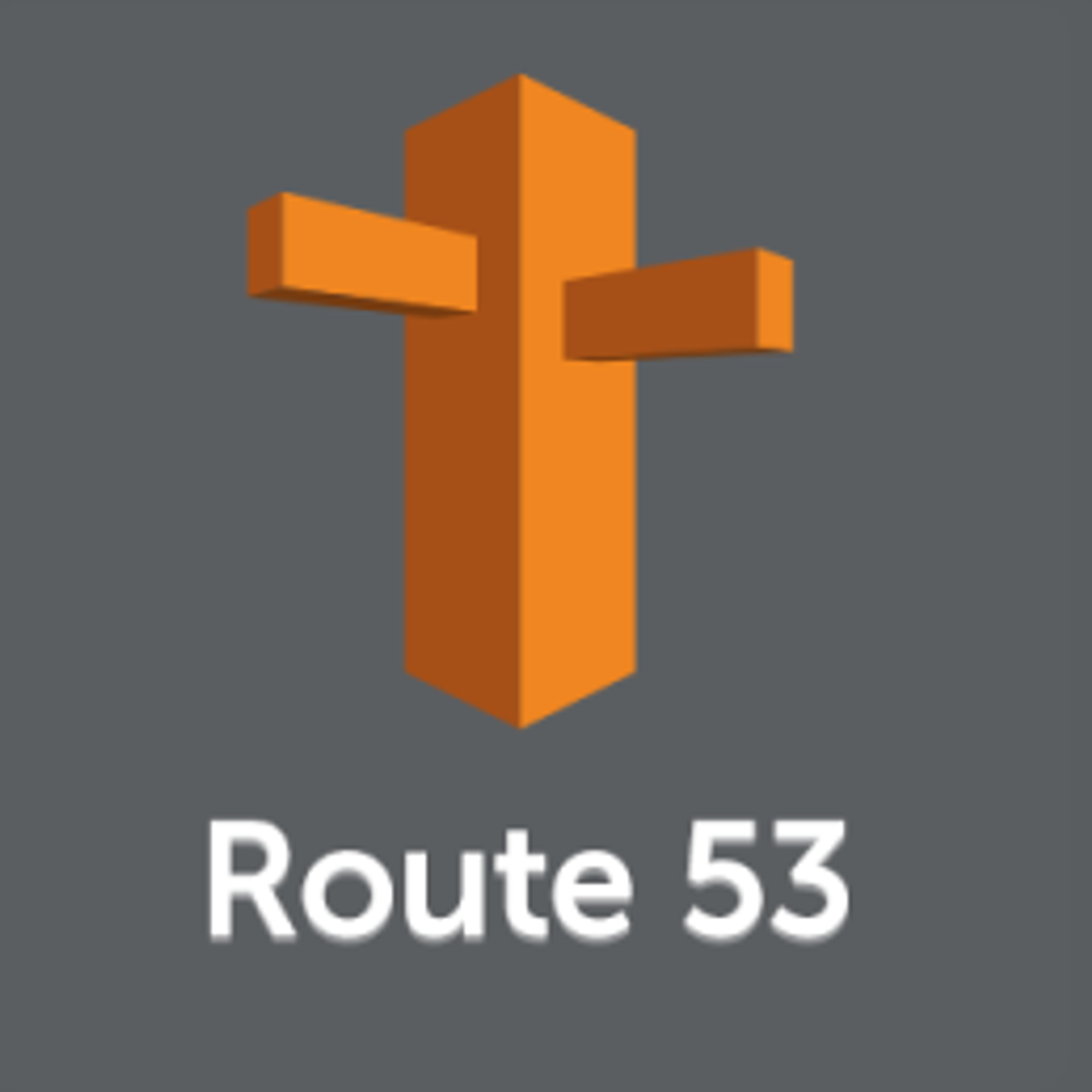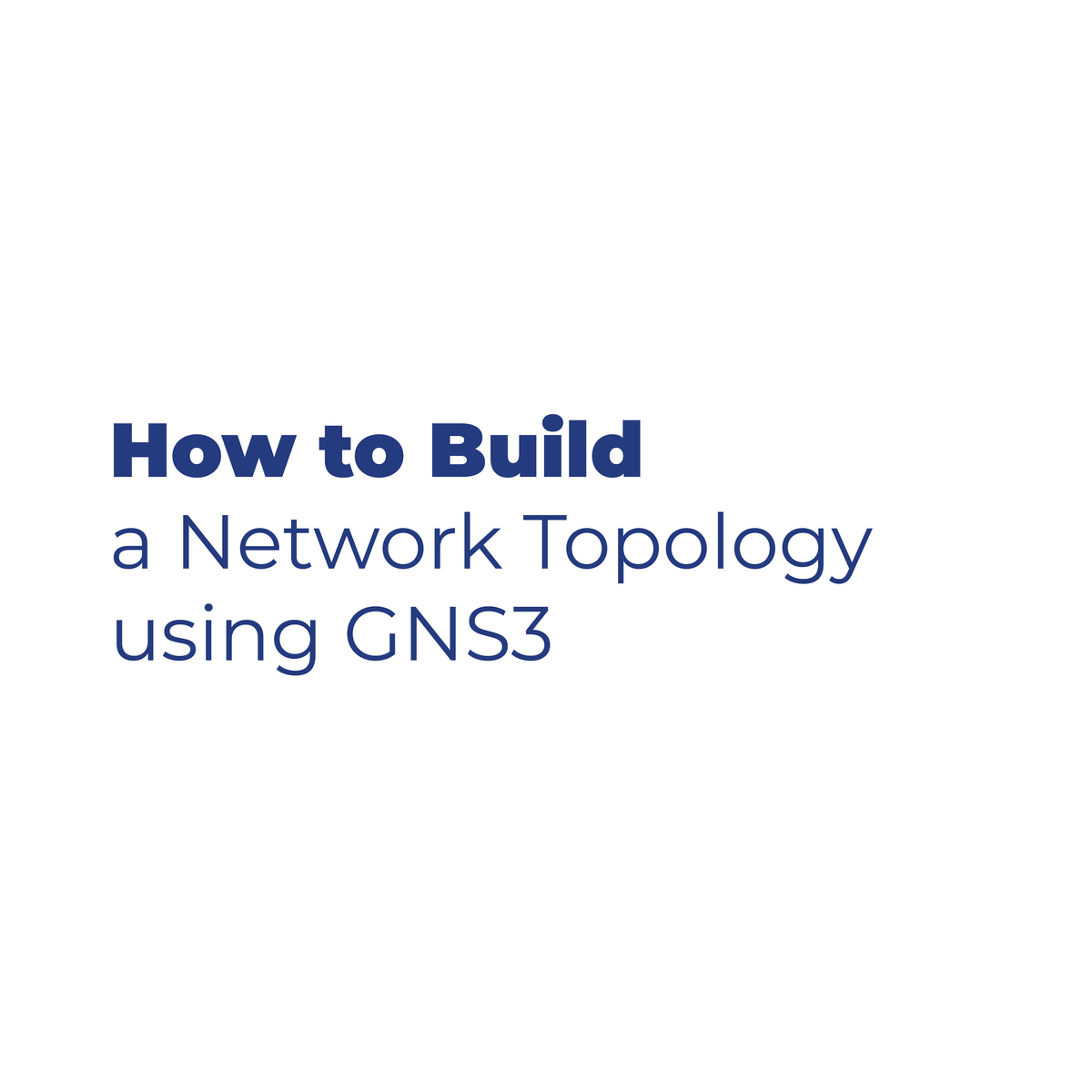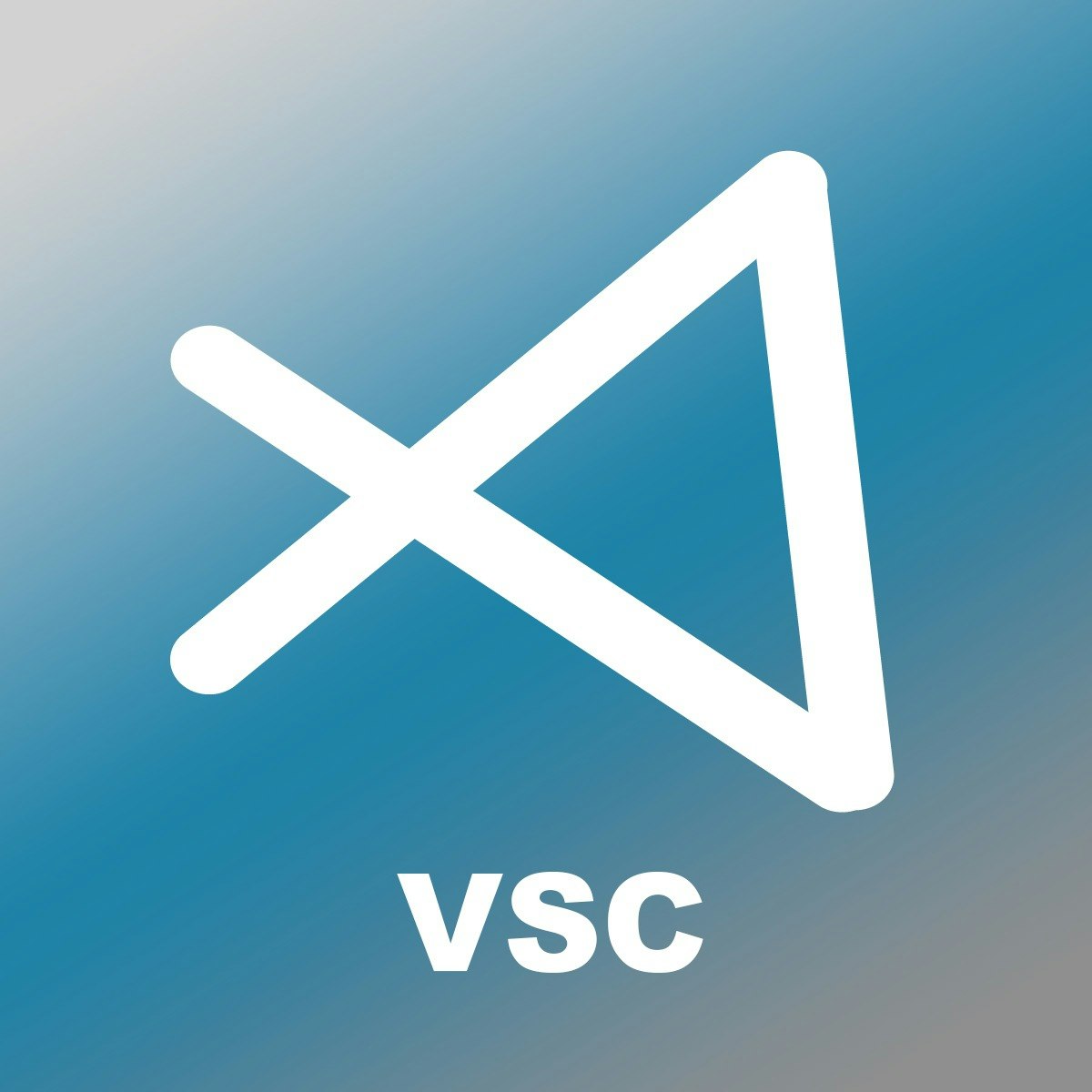Back to Courses









Information Technology Courses - Page 19
Showing results 181-190 of 1471

Microsoft Azure Machine Learning
Machine learning is at the core of artificial intelligence, and many modern applications and services depend on predictive machine learning models. Training a machine learning model is an iterative process that requires time and compute resources. Automated machine learning can help make it easier. In this course, you will learn how to use Azure Machine Learning to create and publish models without writing code.
This course will help you prepare for Exam AI-900: Microsoft Azure AI Fundamentals. This is the second course in a five-course program that prepares you to take the AI-900 certification exam. This course teaches you the core concepts and skills that are assessed in the AI fundamentals exam domains. This beginner course is suitable for IT personnel who are just beginning to work with Microsoft Azure and want to learn about Microsoft Azure offerings and get hands-on experience with the product. Microsoft Azure AI Fundamentals can be used to prepare for other Azure role-based certifications like Microsoft Azure Data Scientist Associate or Microsoft Azure AI Engineer Associate, but it is not a prerequisite for any of them.
This course is intended for candidates with both technical and non-technical backgrounds. Data science and software engineering experience is not required; however, some general programming knowledge or experience would be beneficial. To be successful in this course, you need to have basic computer literacy and proficiency in the English language. You should be familiar with basic computing concepts and terminology, general technology concepts, including concepts of machine learning and artificial intelligence.

Creating Routing Policies to Handle Traffic with AWS Route53
In this 2-hour long project based course, we will look at how to handle and divert website traffic to multiple servers using Routing Policies in AWS Route 53. We will look at how you can configure different types of Routing Policies. We will start off with Simple Routing Policy which can be used to divert traffic to multiple servers / IP’s randomly. Then we will look at Weight Routing Policy which allows you to split your traffic based on different weights assigned.
We will then move on to Latency-based Routing which allows you to route your traffic based on the lowest network latency for your end user (fastest response time). Then we will learn to create an active/passive set up using Failover Routing Policy where you can have a primary website and a secondary Disaster Recovery site..
We will then look at Geolocation Routing Policy which will send your traffic to various servers based on the Geographic location of your users which can for example allow for custom sites based on user location. Finally, we will see Multi-Value Answer Policy which lets you configure Route53 to return multiple values along with health checks.
Note: This course works best for learners who are based in the North America region. We’re currently working on providing the same experience in other regions.

VM Migration: Introduction to StratoZone Assessments
This is a self-paced lab that takes place in the Google Cloud console. In this lab you'll learn how to assess an IT environment with StratoZone's scalable discovery.

How To Build a Network Topology Using GNS3
In this 1-hour 30-mins long project-based course, you will learn how to build a network topology using GNS3, as well as configuring network devices and troubleshooting them. You’ll also learn how to create subnets and how to secure your network devices.
Note: This course works best for learners who are based in the North America region. We’re currently working on providing the same experience in other regions.

Visualize Real Time Geospatial Data with Google Data Studio
This is a self-paced lab that takes place in the Google Cloud console. Use Google Dataflow to process real-time streaming data from a real-time real world historical data set, storing the results in Google BigQuery and then using Google Data Studio to visualize real-time geospatial data.

Launching into Machine Learning
The course begins with a discussion about data: how to improve data quality and perform exploratory data analysis. We describe Vertex AI AutoML and how to build, train, and deploy an ML model without writing a single line of code. You will understand the benefits of Big Query ML. We then discuss how to optimize a machine learning (ML) model and how generalization and sampling can help assess the quality of ML models for custom training.

Security Operations
Welcome to course 5 of 5 of this Specialization, Security Operations.
This course focuses our attention on the day-to-day, moment-by-moment active use of the security controls and risk mitigation strategies that an organization has in place. We will explore ways to secure the data and the systems they reside on, and how to encourage secure practices among people who interact with the data and systems during their daily duties.
After completing this course, the participant will be able to:
Explain concepts of security operations.
- Discuss data handling best practices.
- Identify important concepts of logging and monitoring.
- Summarize the different types of encryption and their common uses.
- Describe the concepts of configuration management.
- Explain the application of common security policies.
- Discuss the importance of security awareness training.
- Practice the terminology of and review the concepts of network operations.
Agenda
Course Introduction
Module 1: Understanding Data Security and Encryption
Module 2: Controls and Asset Management
Module 3: Best Practice Security Policies
Module 4: Understand Security Education Training and Awareness (SETA)
Module 5: Security Operations Review
Final Assessment
This training is for IT professionals, career changers, college students, recent college graduates, advanced high school students and recent high school graduates looking to start their path toward cybersecurity leadership by taking the Certified in Cybersecurity entry-level exam.
There are no prerequisites to take the training or the exam. It is recommended that candidates have basic Information Technology (IT) knowledge. No work experience in cybersecurity or formal education diploma/degree is required.

Configure Your IDE with Visual Studio Code
In this 1 hour guided project, you will learn how to configure your IDE (integrated development environment) with Visual Studio Code. This project was designed with beginners in mind. You do not need extensive development knowledge to follow along. Although we will set up a development environment for various programming languages. However, you can apply the same principle to set up for other languages. We will only focus on configuring Visual Studio Code and NOT the particulars writing code.

Introduction to Software, Programming, and Databases
There are many types of software and understanding software can be overwhelming. This course aims to help you understand more about the types of software and how to manage software from an information technology (IT) perspective. This course will help you understand the basics of software, cloud computing, web browsers, development and concepts of software, programming languages, and database fundamentals.
After completing this course, you will have a better understanding of software processes, and you'll be more confident in your understanding of using and securing your applications.
In this course, you'll learn about software that ranges from the operating system running on your mobile phone to the applications that run databases on your computer at work. You'll also begin to understand more about installing and managing web browsers, using extensions and plug-ins, and keeping web browsers secure and updated.
Additionally, you'll see how cloud-based technologies can help businesses create and deploy applications more quickly. This course will also teach you about the development and delivery of software and applications. By the end of the course, you'll understand simple programming concepts and types, and you'll become more familiar with the fundamentals of database management.

Spring MVC, Spring Boot and Rest Controllers
This is a course aimed at students wishing to develop Java based Web Applications and Restful Micro Services using the very popular Spring MVC and Spring Boot frameworks with minimal configuration. The student will develop services through various Url templates, consume and respond with json or XML payloads and create custom HTTP headers. Requestors of these services will include Java and Angular JS clients to illustrate the reuse capabilities of services in a distributed architecture. Traditional web applications will also be covered that render web pages in a typical Model View Controller (MVC) architecture. This is a very hands on course with a series of labs to illustrate the key concepts.
Popular Internships and Jobs by Categories
Find Jobs & Internships
Browse
© 2024 BoostGrad | All rights reserved
